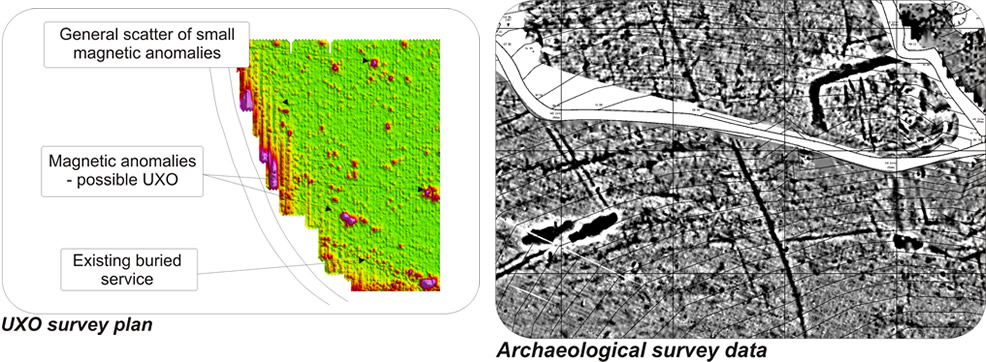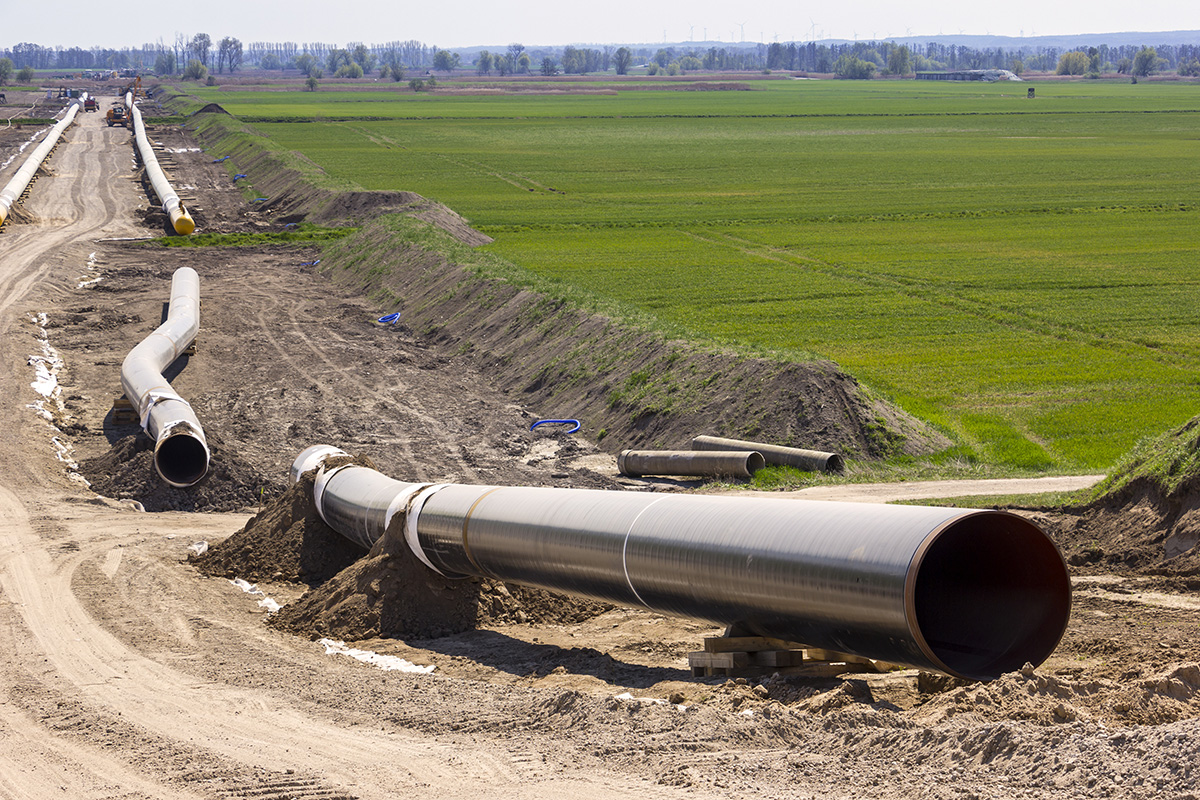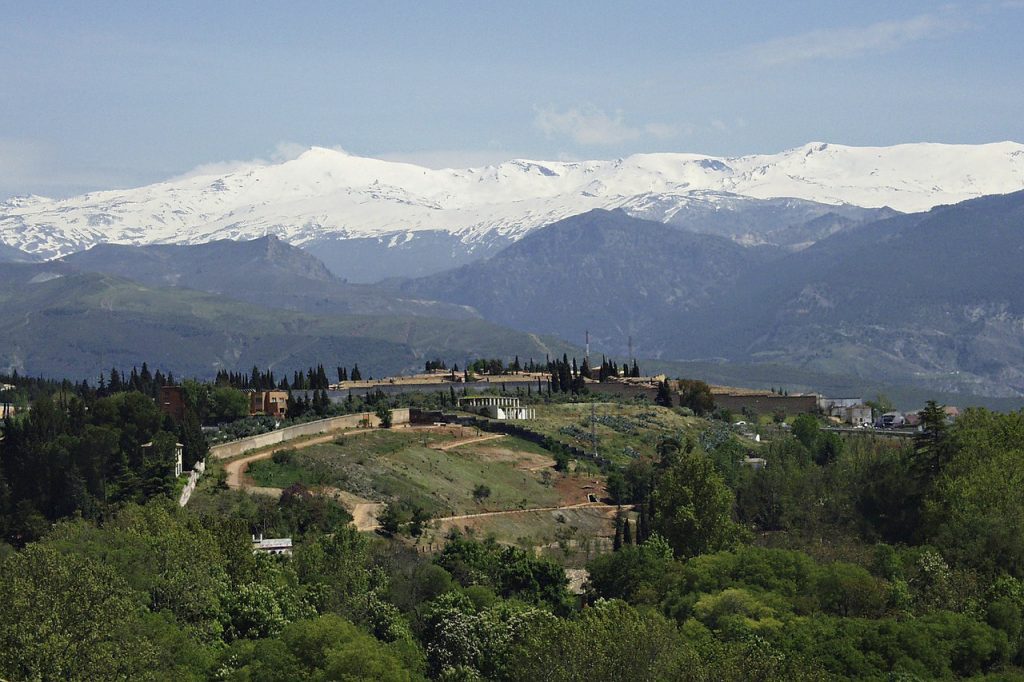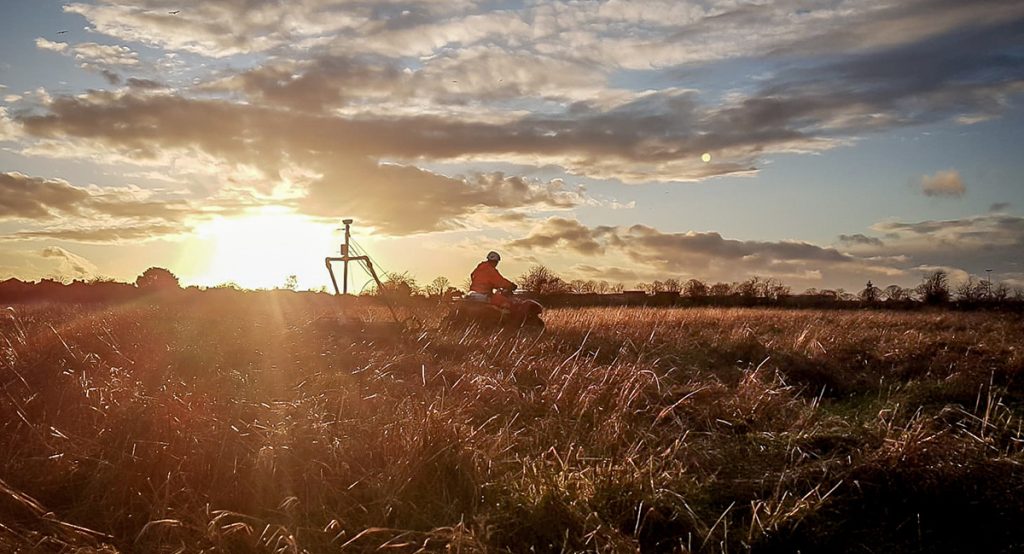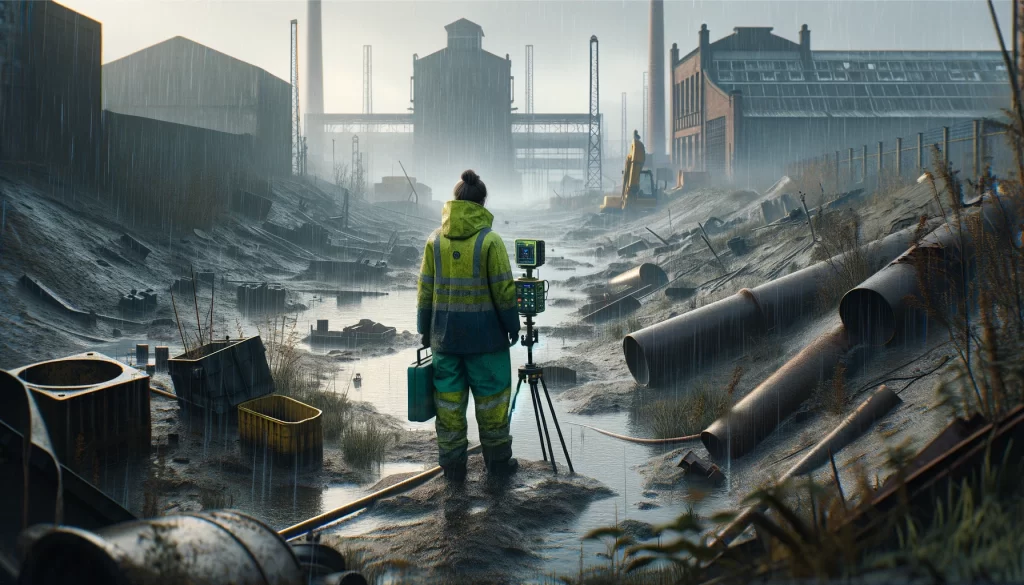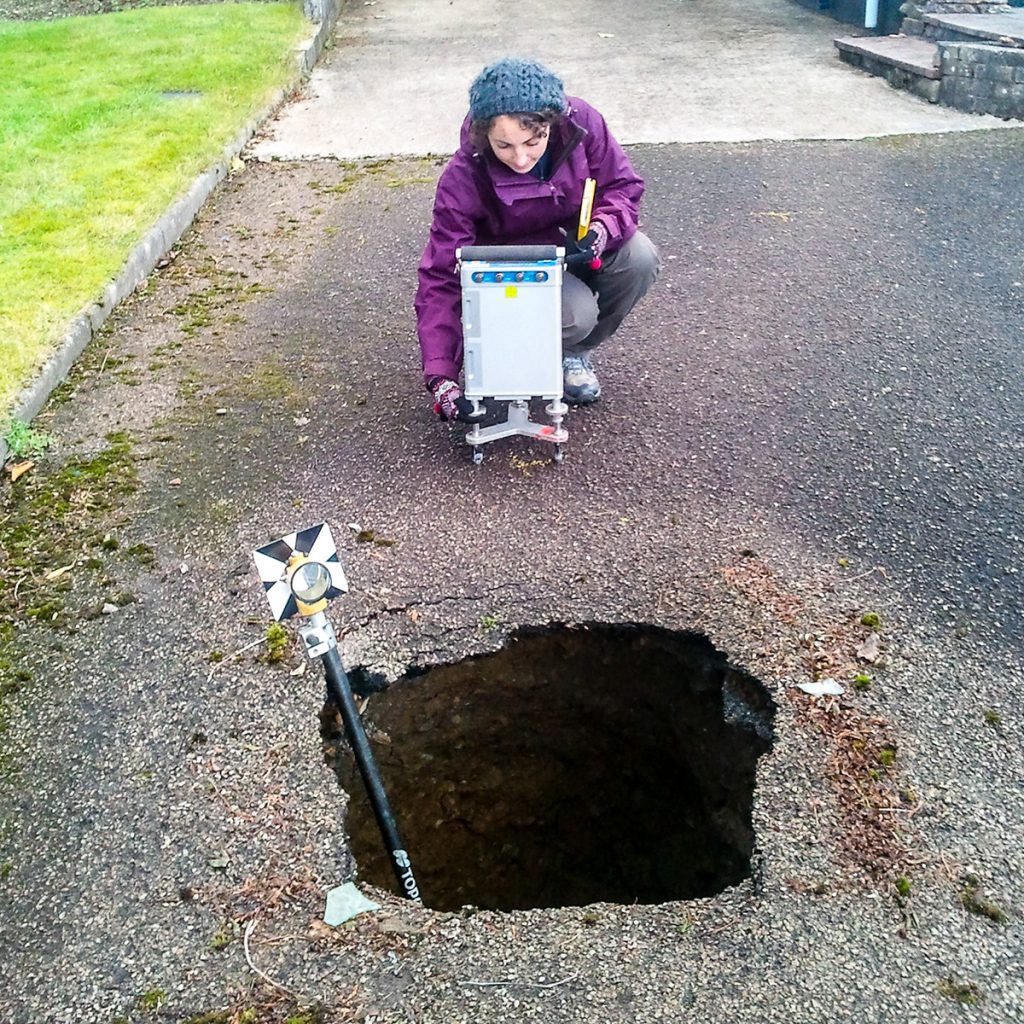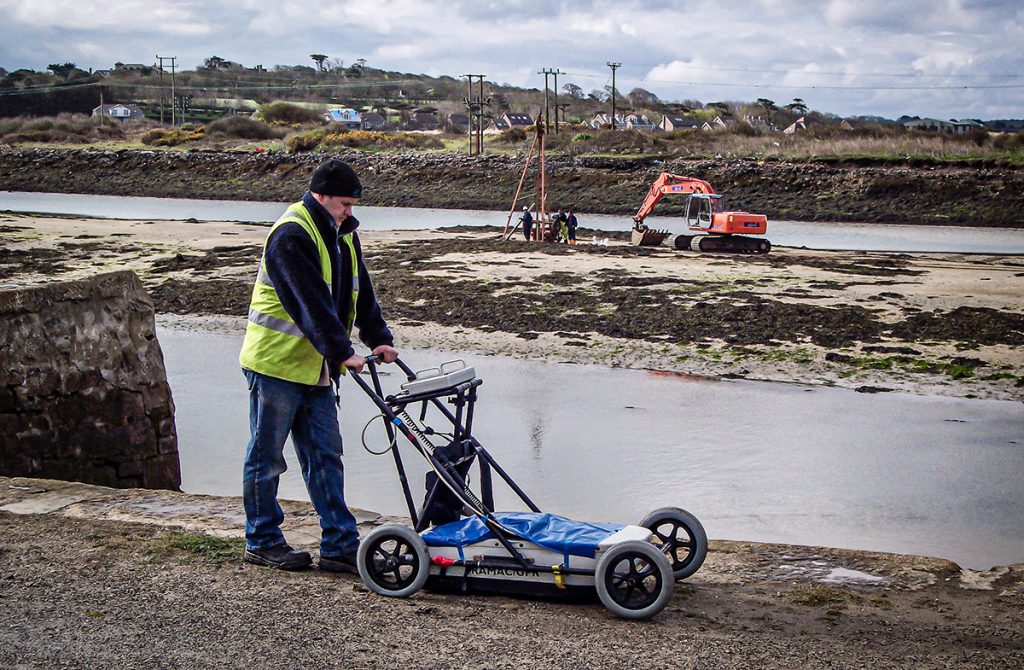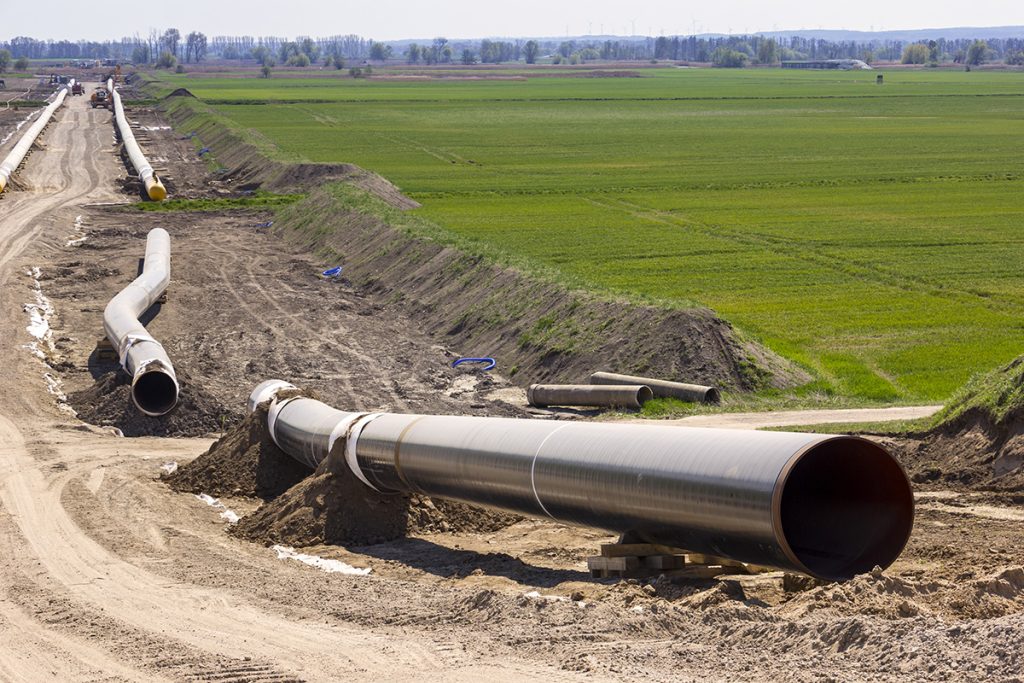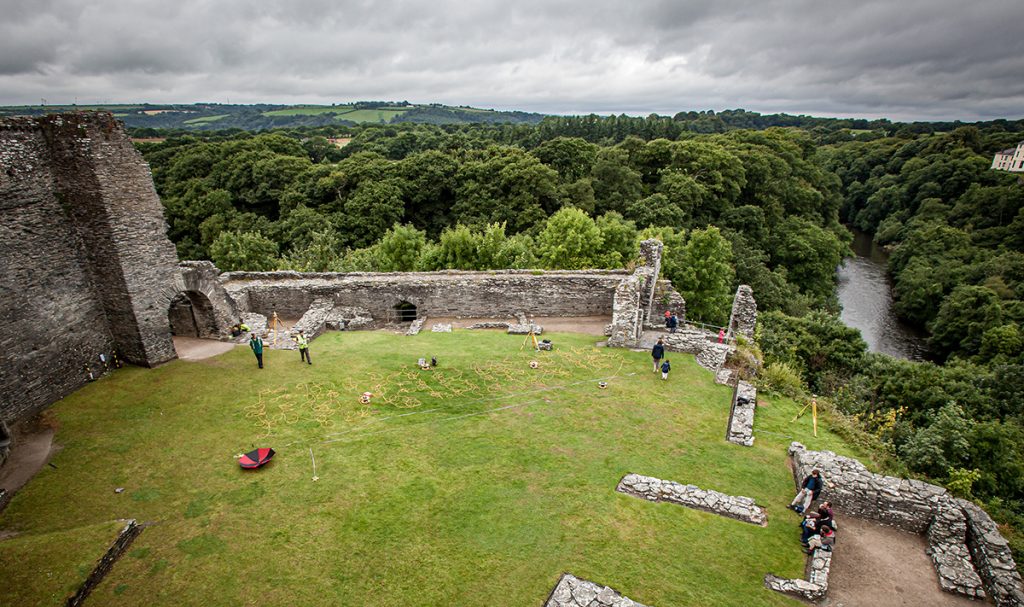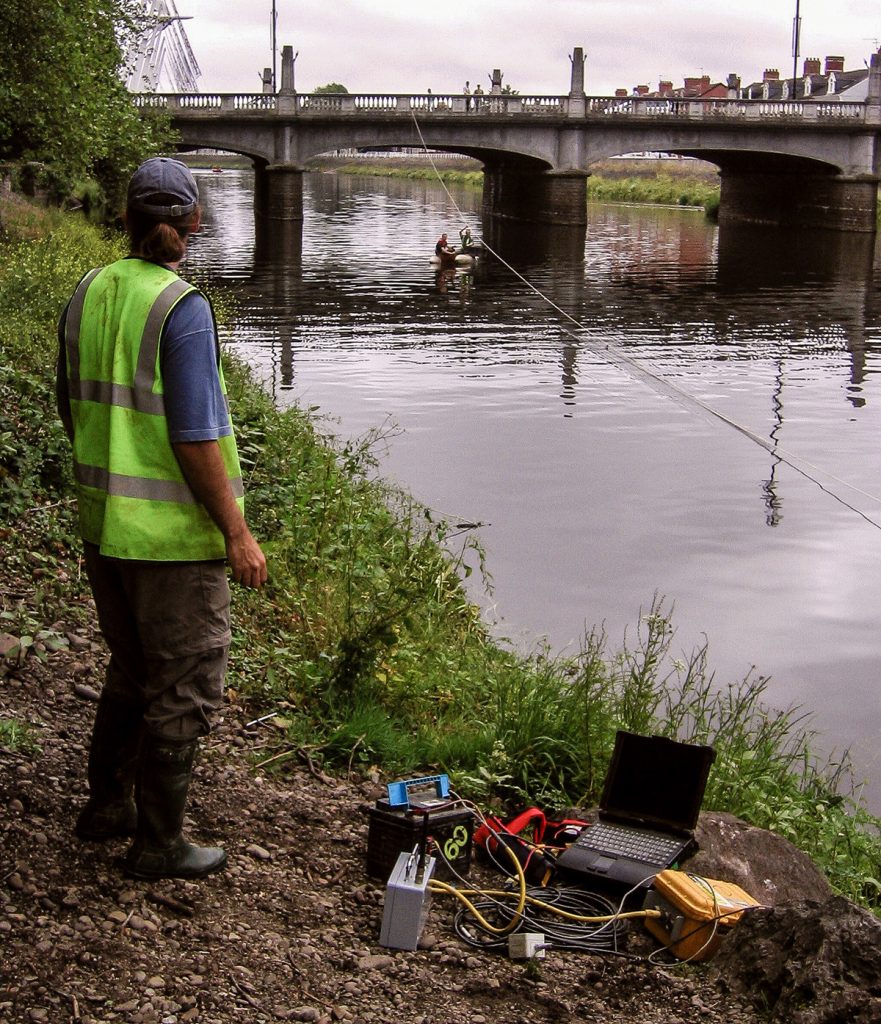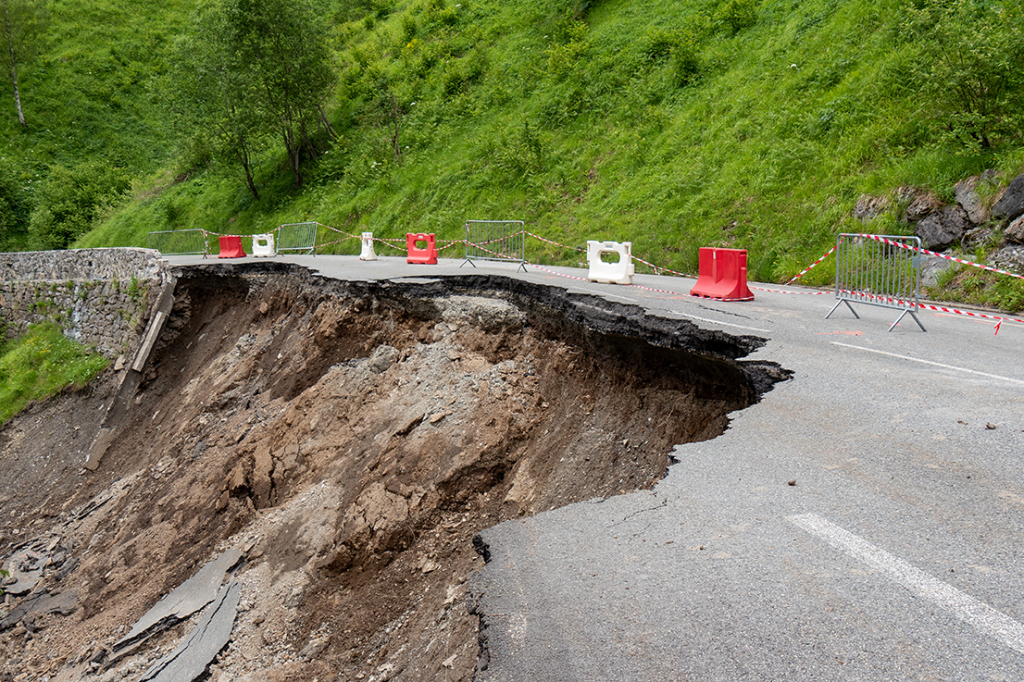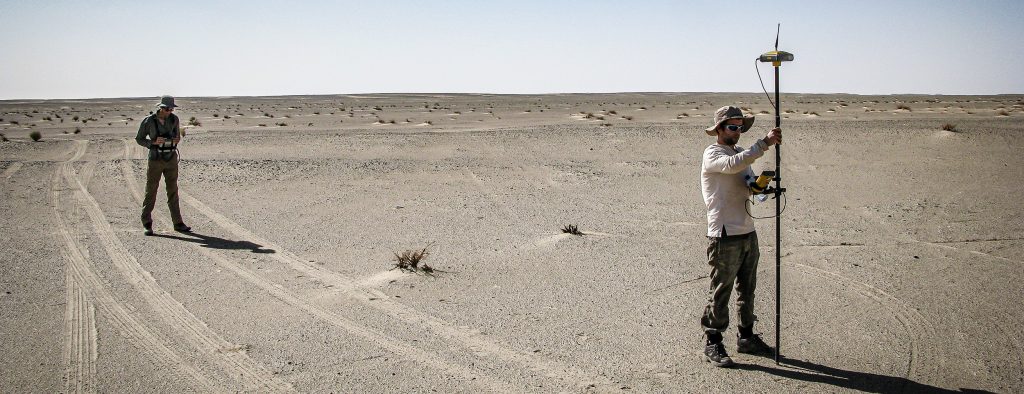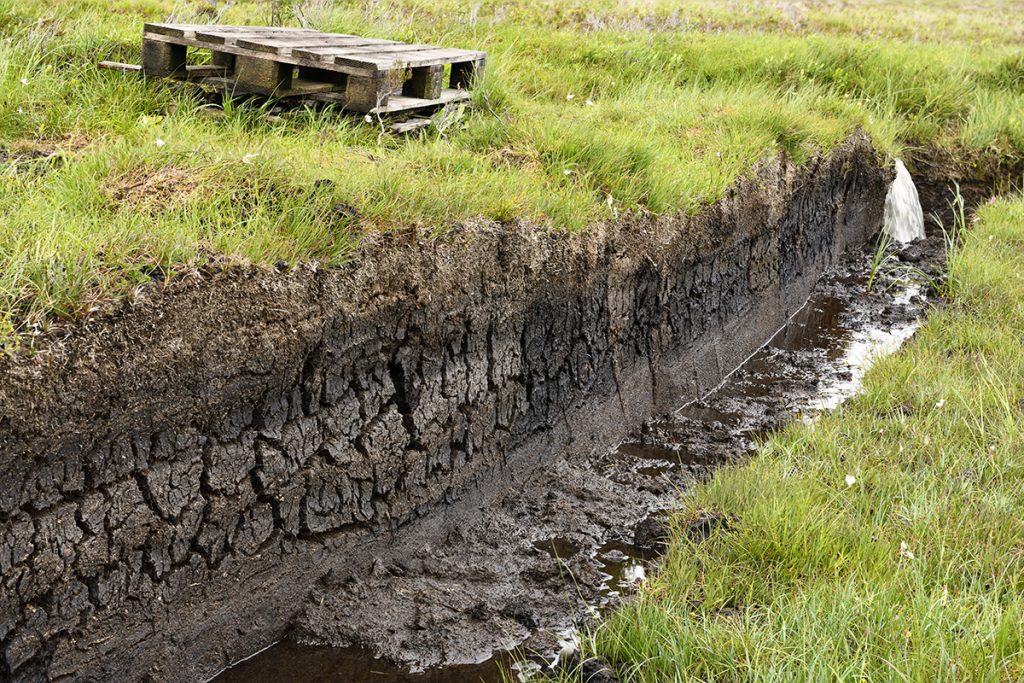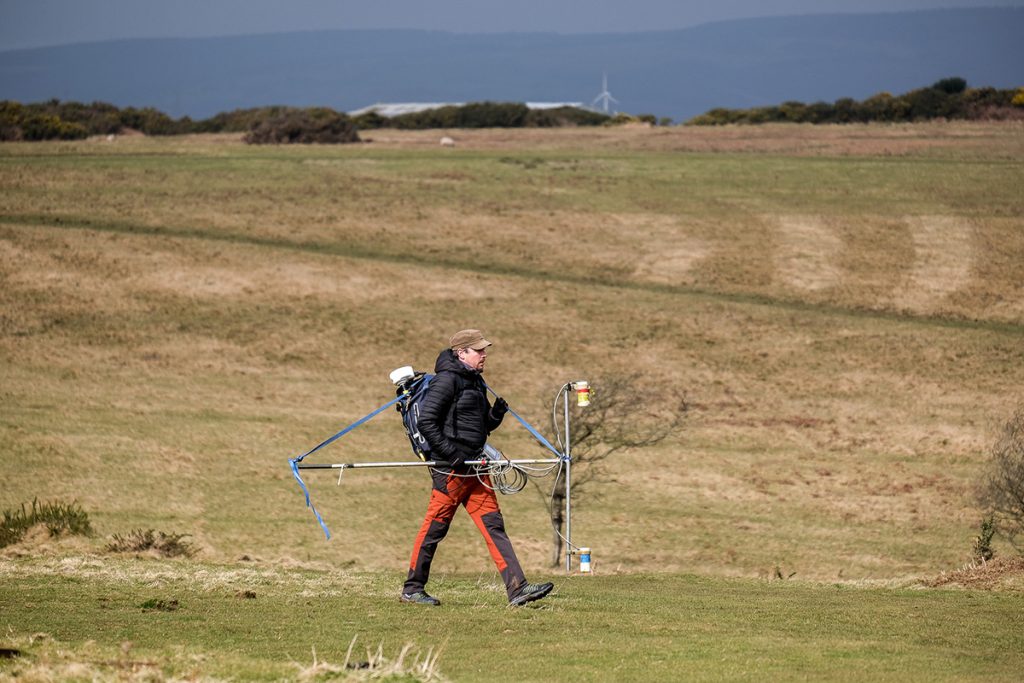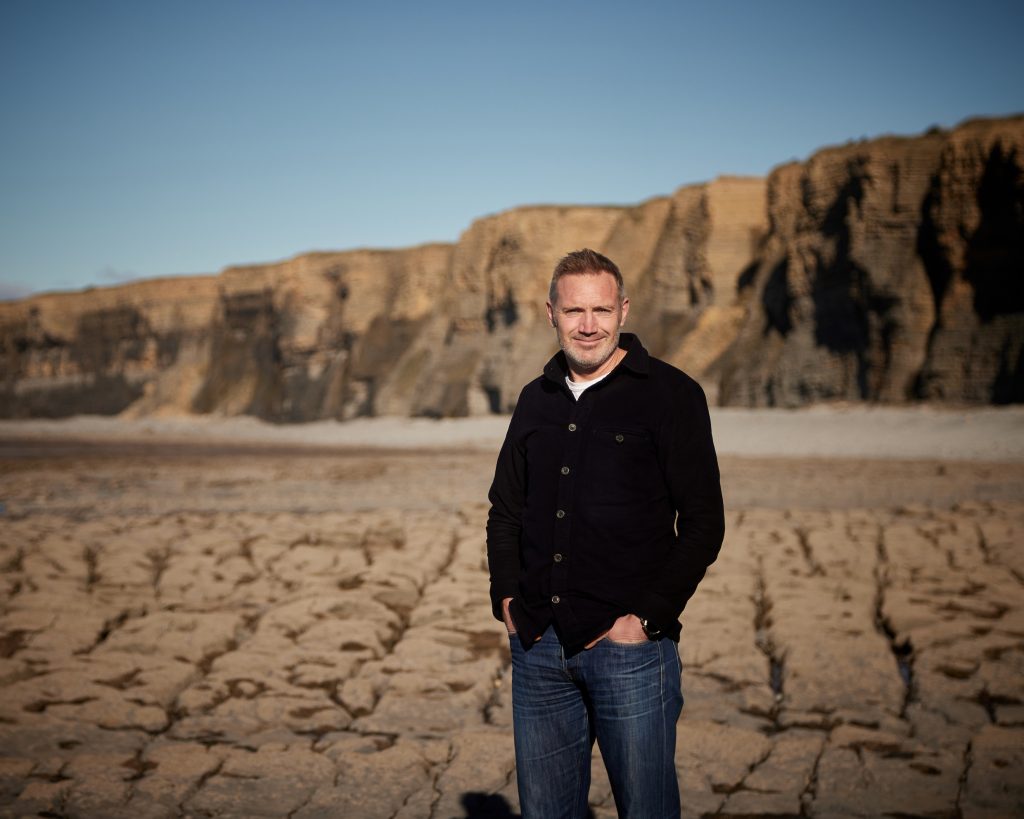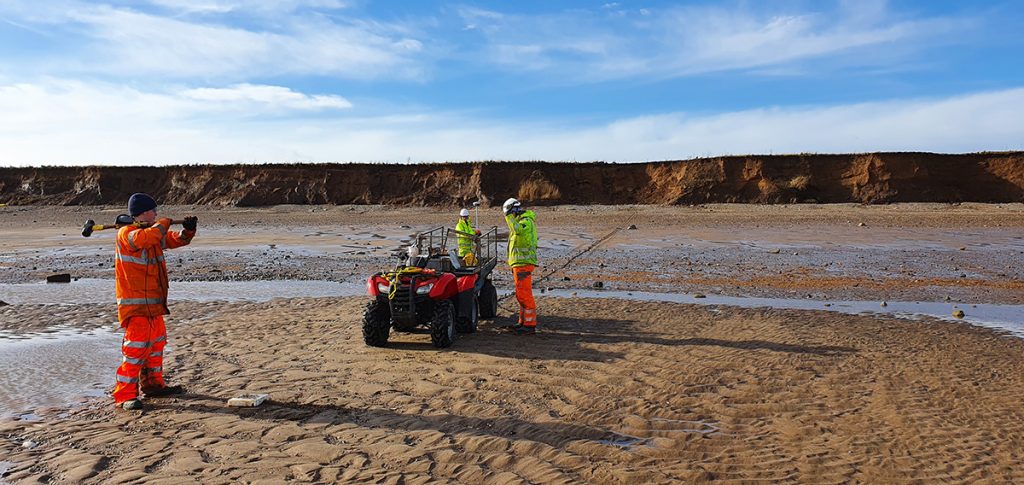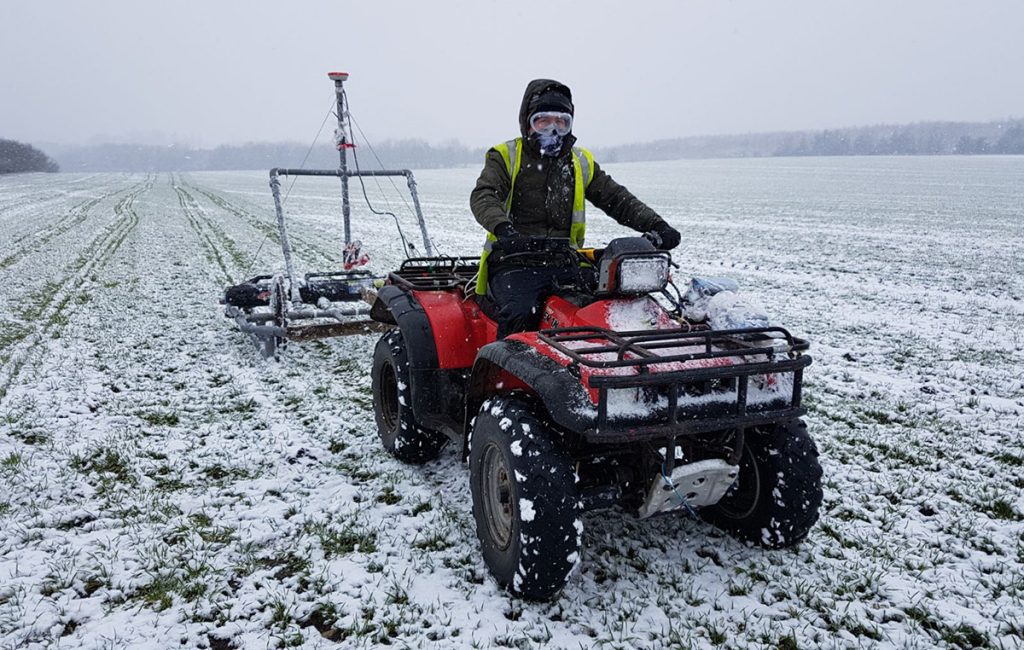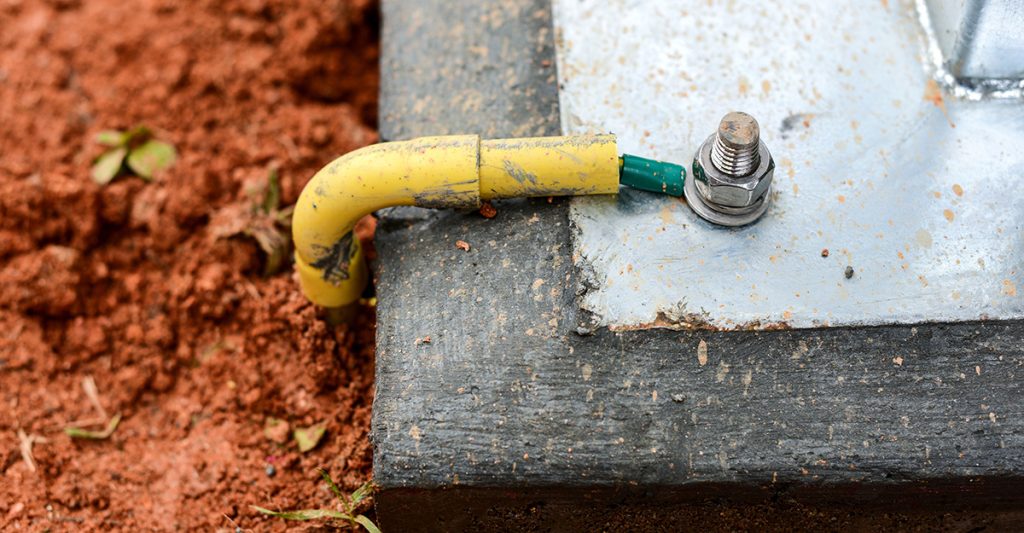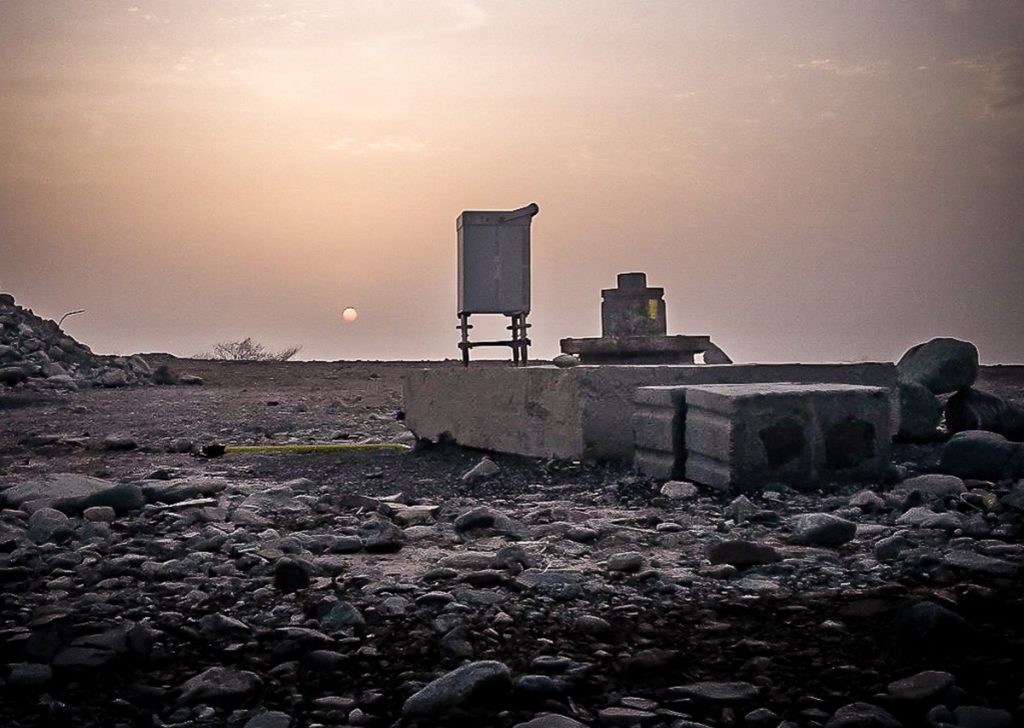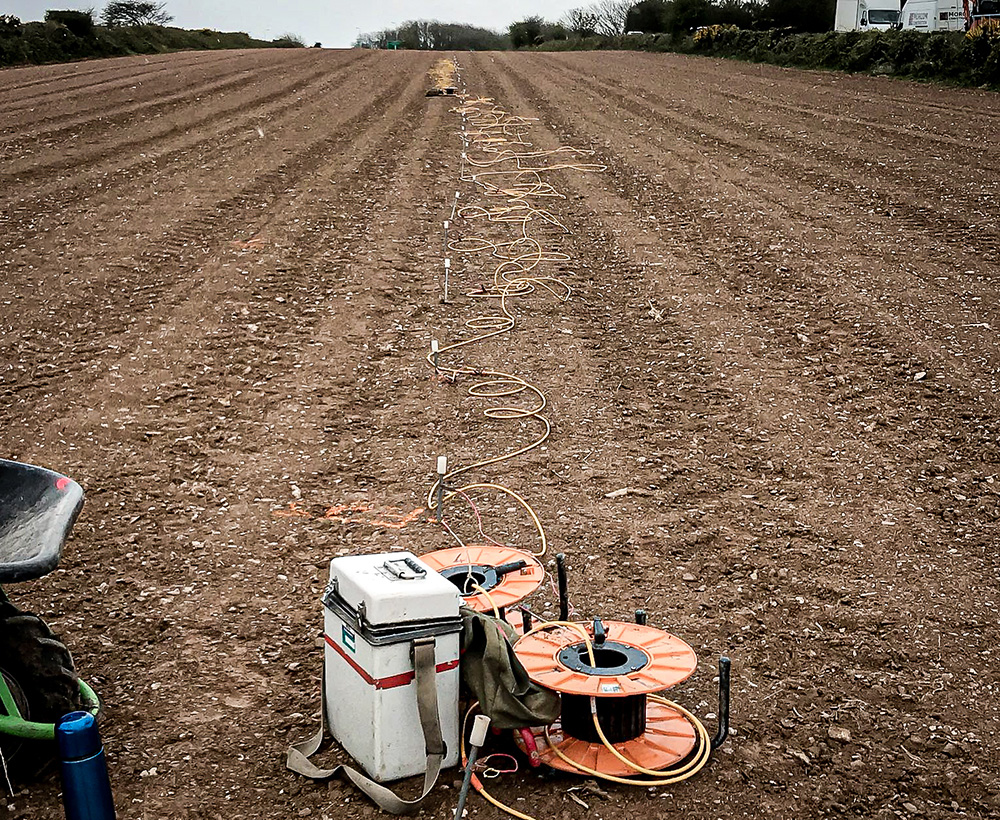Pipelines and cable routes present a set of unique developmental and geotechnical challenges. TerraDat has designed an integrated survey approach, providing data useful to all stages of the project design.
Archaeological assessments and UXO detection: Due to the large distances covered by pipelines and cable routes, the chance of encountering archaeological features is high. In order to mitigate this TerraDat use a 4m wide magnetometry rig towed behind a 4×4 vehicle or ATV, this system provides corridors of archeological geophysical data which can be interpreted by our in-house archaeologists to provide detailed maps of archaeological remains along proposed routes. Using this system, up to 5km per day (~10m wide corridor) of pipeline can be surveyed, depending on site conditions. This system will also detect shallow ferrous metallic items, which is useful in areas where UXO is of concern.
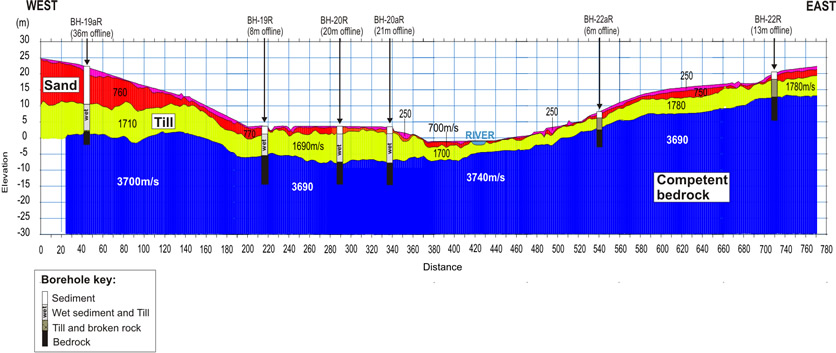
Bedrock profiling and structural geological surveys; Resistivity tomography surveys effectively map buried geological structures. This technique can be adapted to gather data for a range of depths and profile lengths. Measuring the electrical properties of the subsurface enables the identification of structures such as bedrock variation, fault zones and clay-rich layers. The models can be calibrated with the help of intrusive investigation observations. Seismic surveys provide information on underlying ground materials’ depth and strength (rippability). Seismic data can be acquired using surface-based P and S-wave refraction and/or MASW techniques. Seismic data can be obtained via boreholes on sites with limited survey area or variable geology. Combining the derived seismic P and S-wave velocities with density information makes it possible to calculate Poisson’s Ratio and a range of elastic moduli, i.e. Shear, Young’s and Bulk.
River crossings: Seismic refraction and resistivity tomography surveys provide detailed cross sections along the route of proposed pipelines or cables; these can be of particular benefit in areas where the opportunity for intrusive investigations is limited, such as river, road or railway crossings, or in environmentally sensitive areas where the presence of a drill rig may be prohibited.
Soil Resistivity/Corrosistivity Testing: Resistivity tomography surveys are used to provide information on the shallow geology and the electrical/corrosivity properties of the soil. This approach is more accurate than the traditional 4-pin sounding method as it is possible to derive more reliable resistivity values. The soil’s Thermal properties can be analysed using a thermal resistivity meter to acquire data either at the surface or within trial pits.
